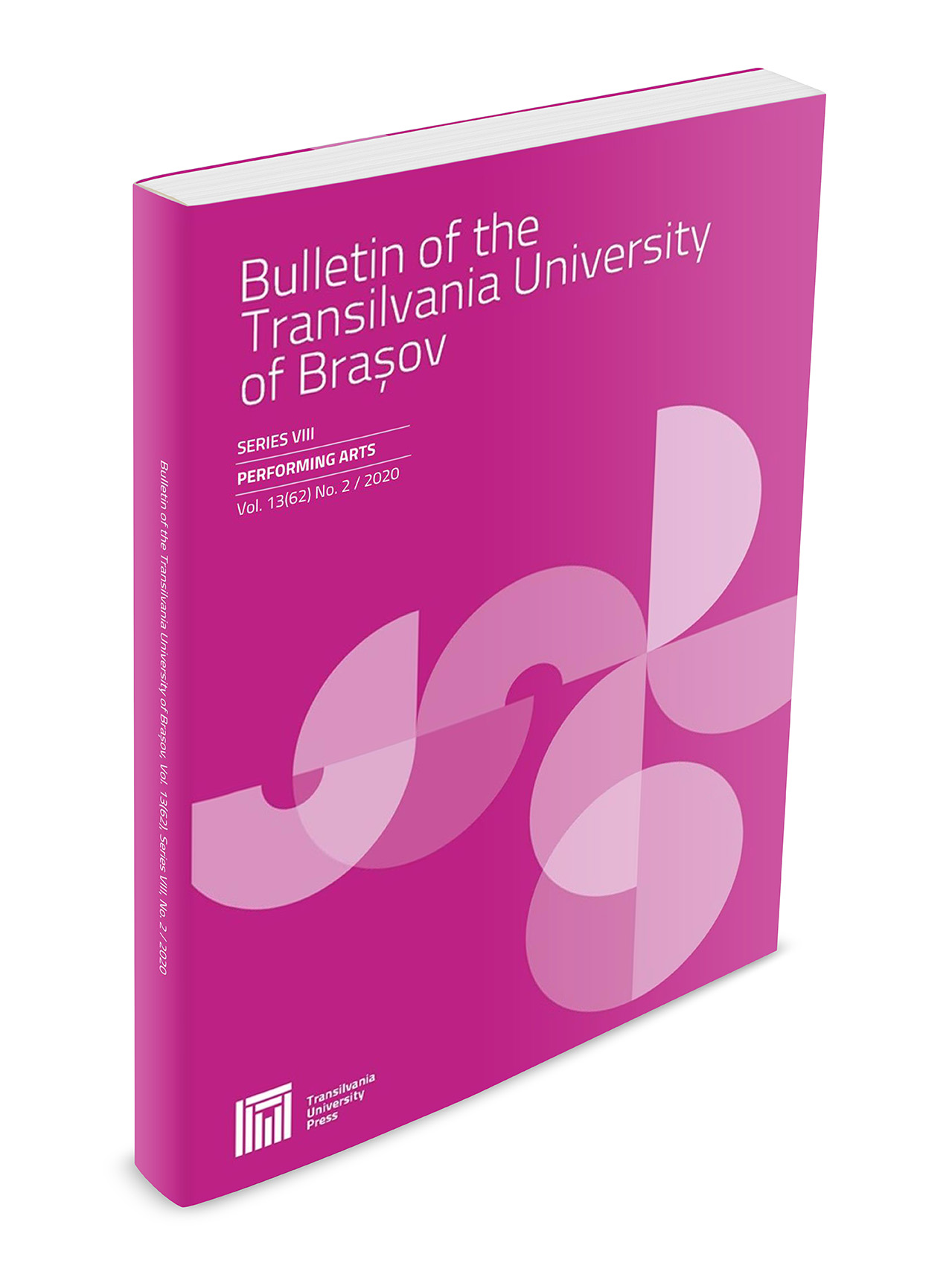Archetypal Aesthetics in Various Branches of Art
DOI:
https://doi.org/10.31926/but.pa.2019.12.61.8Keywords:
archetypalism, sculpture, music, recovery, essenceAbstract
The term archetype may be defined as the original model of things and represents “an inventory of human experiences, but also of the experience accumulated by lower forms of animal life”, manifested as “symbolic elements in dreams, in the hallucinations of mad people, in myths, in folk legends. It also operates as forms or schemata organizing individual experience” (Encyclopaedia 2004, 62). Despina Petecel Theodoru notices that each creative phenomenon is ultimately based on two or three antique concepts which act as a matrix: mimesis (imitation)2 and arché (the archetype), whose sole purpose is alétheia (the truth) (Petecel 2003, 1). This is the foundation of an important orientation in the cultural life of the 20th century – archetypalism –, displayed in many branches of art (music, painting, sculpture, philosophy, literature).Downloads
Published
Issue
Section
License
Copyright (c) 2019 Bulletin of the Transilvania University of Braşov. Series VIII: Performing Arts

This work is licensed under a Creative Commons Attribution 4.0 International License.




